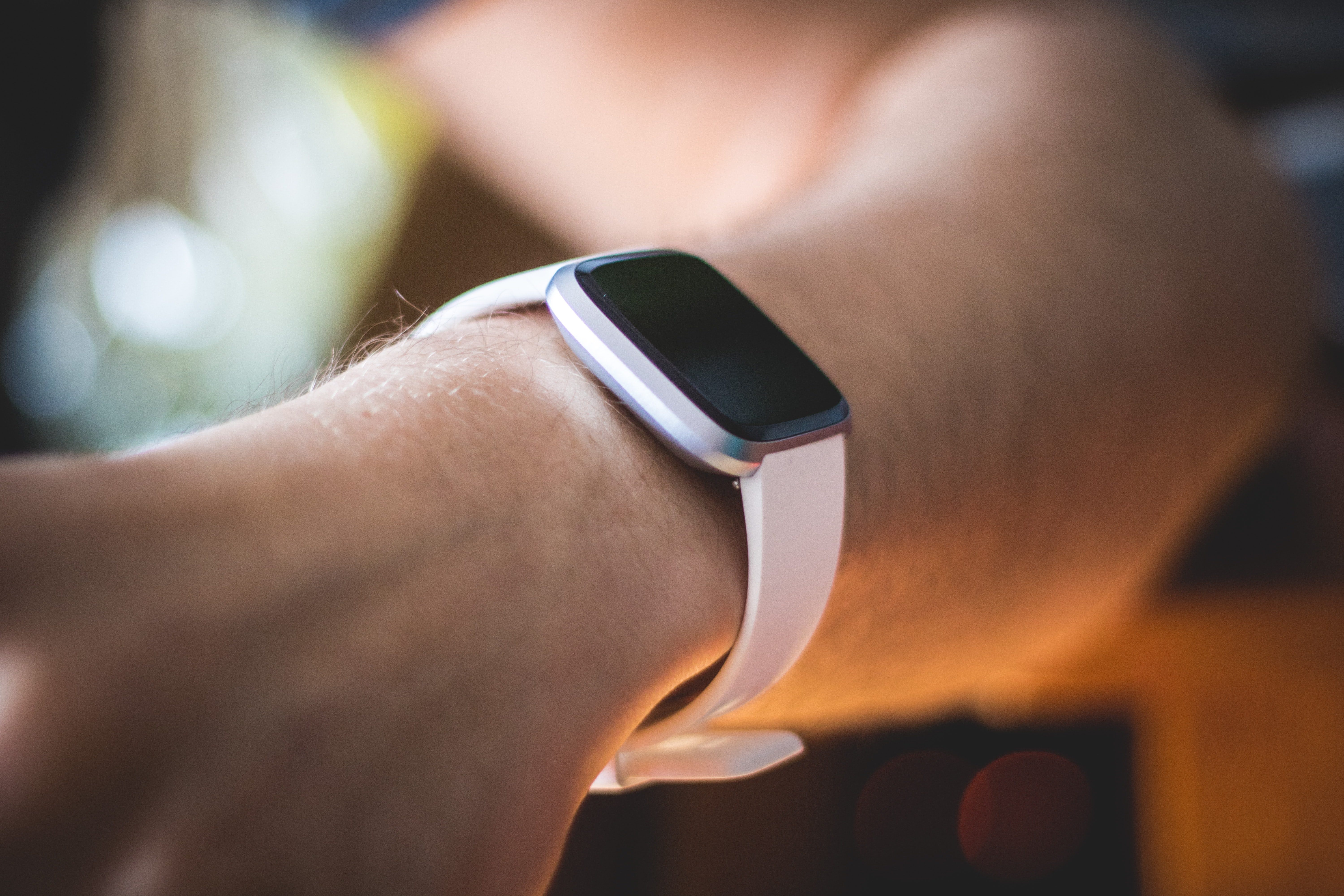
A 2019 study found that 88% of healthcare providers have invested in or are evaluating remote patient monitoring technologies (RPM). The reason - the technology is making a significant impact on both patients and providers. RPM increases the accessibility of patient information, improves quality of care, reduces costs, provides patients reassurance and peace of mind, and improves outcomes for Medicare patients. Using a secure telehealth platform, providers can connect remotely with patients to provide RPM services for a variety of chronic and acute conditions, to monitor medication compliance and conduct necessary follow-ups with patients.
New CMS Rules Make RPM Services More Accessible
New CMS rules have made RPM more accessible to Medicare patients and more profitable for providers. Under the new rules, providers that offer RPM services can bill for an additional 20 minutes of clinical time. The new rules also remove many of the provisions that made RPM operationally challenging. These changes have significantly increased the number of providers offering this service.
While many providers understand the unique benefits RPM offers, many aren’t sure how these services will impact care delivery and hospital operations. Another important factor to consider, providers must figure out how to evaluate RPM solutions and ensure a successful deployment.
The Impact of RPM on Hospital Operations and Care Delivery
Until recently, RPM services had to be performed under the direct supervision of the billing physician. This created challenges, as many providers simply do not have the time to fit remote visits into their already overburdened schedules.
The new CMS rules allow auxiliary personnel to perform RPM services under the general supervision of the billing physician. Under this rule, the physician does not need to be in the same building as the person performing the service. This increases the efficiency of care and creates a much more flexible program that providers can add to their practice.
Keeping Hospital Beds Free
Using RPM reduces the number of people visiting the hospital, keeping beds free for those that really need them. Through secure video conferencing software, providers can quickly and efficiently evaluate and monitor patients to determine whether they require additional testing or care. Even patients that start in the hospital can leave sooner to receive care through RPM at home, further increasing the availability of hospital beds.
Another benefit, keeping patients out of the hospital reduces the spread of disease. Remote patient monitoring protects patients from hospital-acquired infections and allows them to recover comfortably at home. This reduces stress for the patient, often making treatment more successful.
Choosing an RPM Solution for Your Practice
Although several options exist, not all RPM solutions offer the same benefits. Before investing in a solution, it’s important that healthcare providers fully evaluate their goals and expectations when it comes to RPM. If nothing else, it’s crucial that providers choose a HIPAA-compliant telehealth solution. This helps ensure the protection of PHI and protects the organization from costly HIPAA violations.
Choosing a comprehensive RPM solution ensures the greatest benefits. Even if the provider isn’t sure they’ll use every feature offered, having these available allows for the expansion of RPM offerings in the future.
Planning for a Successful RPM Deployment
New technology can create challenges in any work environment. Providers must ensure everyone understands how to properly use the system and the benefits of doing so. It may benefit the provider to select a user-friendly telehealth platform that doesn’t take much time or effort for staff to learn.
It’s also important to let patients know about available RPM services. Displaying signage and including relevant information in all communications can help encourage more patients to opt for RPM services.
HIPAA-Compliant Telemedicine Software
Let’s Talk Interactive offers HIPAA-compliant telemedicine solutions for providers offering RPM services. The user-friendly platform and optional features of the telehealth software are easily implemented by staff and enable providers to improve quality of care and outcomes for Medicare patients.
Please contact us for more information about our telehealth solutions for providers.